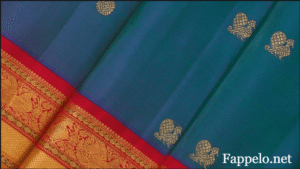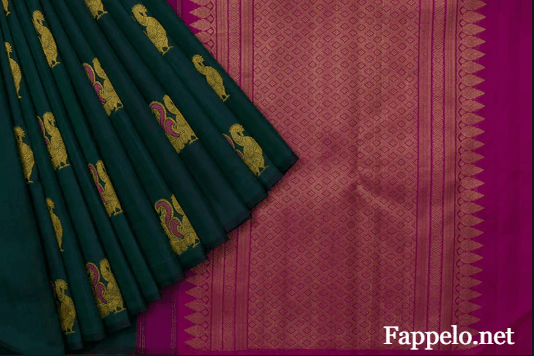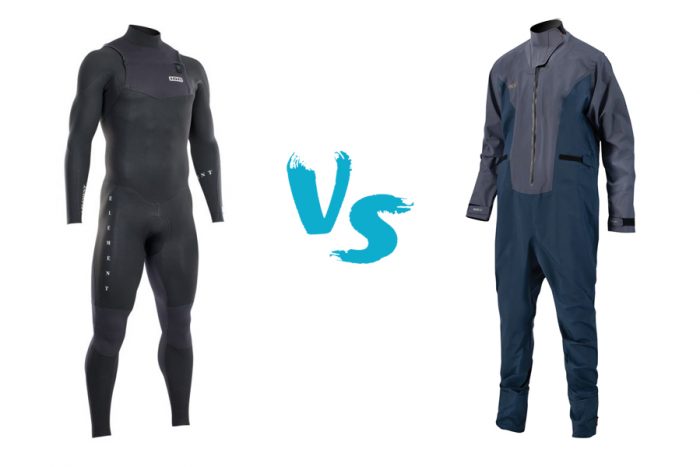Introduction
Kanjivaram silk sarees are among the most cherished and iconic pieces of traditional Indian attire. Known for their rich texture, intricate designs, and stunning appearance, these sarees are a symbol of elegance and luxury. However, with the rising demand and the vast number of imitations in the market, it is important to know how to identify a pure Kanjivaram silk saree to avoid being misled.
In this guide, we’ll walk you through the essential steps and key indicators to help you identify genuine Kanjivaram silk. Whether you’re purchasing a saree for a wedding, a special occasion, or simply to add to your collection, this article will provide you with the knowledge you need to make an informed decision.
What Makes a Kanjivaram Silk Saree Unique?

Before diving into the methods of identification, it’s important to understand what makes a Kanjivaram silk saree special. A genuine Kanjivaram saree is known for:
- Richness of Silk: Kanjivaram sarees are woven from pure mulberry silk, which is known for its strength, sheen, and smooth texture.
- Intricate Weaving Techniques: The saree features a unique and complex weaving technique where silk threads are interwoven with gold or silver zari (a type of metallic thread), giving it an opulent appearance.
- Exquisite Borders and Pallu: Kanjivaram sarees often feature wide, intricately designed borders and pallu (the decorative end of the saree). These are often the first indicators of authenticity.
Key Features to Identify a Pure Kanjivaram Silk Saree
Identifying a pure Kanjivaram silk saree can be a challenge for the untrained eye. Here are some key features that will help you distinguish a genuine Kanjivaram silk saree:
1. The Silk Quality
One of the most distinguishing factors of a Kanjivaram saree is the quality of the silk. Genuine Kanjivaram silk is made from 100% mulberry silk, which is known for its softness, sheen, and durability.
How to Test:
- Touch Test: A genuine Kanjivaram silk saree will feel smooth and luxurious to the touch. Fake silk, on the other hand, may feel harsh or synthetic.
- Burn Test: A small thread from the saree can be burned to check its authenticity. Genuine silk will burn slowly and emit a smell similar to burning hair, while synthetic fibers will melt and have a plastic-like odor.
2. Zari Work (Gold or Silver Threads)
One of the hallmarks of a Kanjivaram saree is the rich zari work used to decorate the borders and pallu. Zari refers to metallic threads, typically gold or silver, that are woven into the fabric to add sparkle and intricacy to the design.
How to Test:
- Zari Test: Genuine Kanjivaram sarees use high-quality zari, which is either real gold or silver-coated copper thread. Fake sarees may use imitation zari made from synthetic metals, which often tarnish over time.
3. The Borders and Pallu
The borders of a Kanjivaram saree are one of the easiest ways to identify its authenticity. Genuine Kanjivaram sarees feature heavy borders, often with motifs of peacocks, elephants, and temples, which are intricately woven using zari.
How to Test:
- Inspect the Borders: Check if the borders are woven separately from the body of the saree, a technique called the “body and border” method. This is a traditional Kanjivaram weaving technique.
- Pallu Design: The pallu of a Kanjivaram saree is usually the most decorated part, with intricate patterns that are woven directly into the fabric, rather than printed on top. The designs often include traditional elements like flowers, geometric patterns, or mythological motifs.
4. The Weight of the Saree
Pure Kanjivaram silk sarees tend to be heavier compared to imitations, primarily because of the richness of the silk and the thickness of the zari work.
How to Test:
- Feel the Weight: A genuine Kanjivaram saree usually weighs around 600 to 800 grams. If the saree feels unusually light or flimsy, it may not be authentic.
5. The Color and Lustre
Authentic Kanjivaram silk sarees are known for their vibrant colors and a beautiful natural sheen that catches light in different ways. The colors of the saree are deeply saturated, and the silk reflects light without looking overly glossy.
How to Test:
- Look for Deep Colors: Genuine Kanjivaram silk sarees are dyed using traditional techniques that result in rich, vibrant colors. Check if the colors are even and consistent.
- Check the Shine: The silk should have a lustrous shine, especially when viewed under direct light.
6. Weaving Pattern
Kanjivaram silk sarees are known for their intricate and elaborate weaving patterns. The patterns can range from traditional motifs like temples, peacocks, and flowers, to more modern and abstract designs.
How to Test:
- Examine the Weaving: In a pure Kanjivaram saree, the weaving is uniform and tightly woven. If you see uneven threads or patterns, the saree may be a synthetic or low-quality imitation.
- Reverse Side of the Saree: On a genuine Kanjivaram saree, the design on the reverse side will be a mirror image of the front side. This is a sign of quality craftsmanship.
7. Certification and Labeling
To protect consumers and maintain the legacy of Kanjivaram silk, many manufacturers now provide certification or a label that guarantees the authenticity of the silk used in the saree.
How to Test:
- Look for Certifications: Some brands offer a certificate of authenticity, which guarantees that the saree is made of pure silk. Check for this certification before purchasing the saree.
- Brand Labels: Many trusted Kanjivaram saree brands place labels on their products to ensure authenticity.
Common Misconceptions About Kanjivaram Silk Sarees
Despite their renowned beauty and craftsmanship, there are several misconceptions surrounding Kanjivaram silk sarees. Here are some of the most common myths:
- Myth #1: Kanjivaram Silk Sarees are always expensive. While genuine Kanjivaram silk sarees tend to be priced higher, there are affordable options available that still meet the criteria for quality silk and craftsmanship.
- Myth #2: All Kanjivaram Sarees come from Kanchipuram. While most authentic Kanjivaram sarees are produced in Kanchipuram, some manufacturers from other regions also produce high-quality versions, though they may not be genuine.
- Myth #3: Kanjivaram Sarees are only available in traditional designs. While traditional motifs are prevalent, modern designs with abstract patterns and contemporary colors are becoming increasingly popular.
Conclusion
Identifying a pure Kanjivaram silk saree requires knowledge and attention to detail. By focusing on key aspects like silk quality, zari work, borders, weight, and weaving patterns, you can ensure that you’re purchasing an authentic and high-quality piece. The next time you’re on the lookout for a Kanjivaram saree, use these tips to guide your purchase and make an informed decision.



